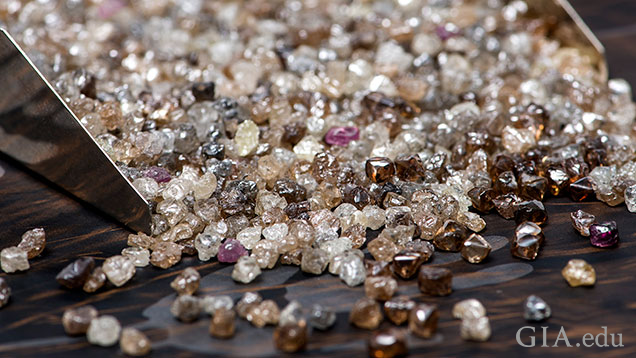US Government to Industry: Know Your Supply Chain; De Beers, Alrosa Cut Rough Sales
August 19, 2019

The U.S. State Department told jewelry industry representatives in April to tighten chain of custody reporting on all materials – gemstones, diamonds and metals – used in their products.
Last week, the department came back and told the industry it was not doing a very good job.
According to a JCK report, the industry is still lagging on adopting “Know Your Customer” rules that require businesses to file “Suspicious Activity Reports” on transactions using large amounts of cash or where criminal activity is suspected. State Department officials told attendees that “very few” such reports have been filed and that everyone up and down the supply chain needs to do more.
The State Department said these regulations are necessary to prevent funds from going to “malign” regimes, such as Iran, Venezuela and several African nations.
The industry voiced concerns after the April meeting about a new round of restrictions placed on its supply chain that require documentation of every step of every colored gemstone or diamond in the pipeline.
Attendees agreed last week that cooperation is beneficial for all sides and called for greater due diligence moving forward.
ROUGH DIAMOND SALES
De Beers, Alrosa and other diamond mining companies severely cut rough sales in an effort to reduce inventories in diamond manufacturing centers and to help temper the softening of rough and polished prices. Sales will likely remain low for the rest of the year because there is no sign of a quick resolution to the diamond manufacturers’ credit problems or high inventories.
De Beers and Alrosa said the banks’ cutting credit to diamond manufacturers and the prospects of an increased trade war between the U.S. and China were the main reasons for the difficult rough diamond market today.
De Beers announced its smallest allocation in three years – $250 million – and allowed clients to defer purchases of a wider range of goods. Rough revenues are down nearly 25% for the year compared to last year.
Alrosa reduced its rough sales by more than 50% to $169 million against June 2018 levels. Its sales are down more than one-third for the year. Rough prices have declined about 6% this year, while polished prices for diamonds one carat and under have declined 1.5% to 3.5%, with larger drops coming in the smaller sizes.
In addition, Rio Tinto reported a $5 million loss in its diamond division for the first half of the year, compared to a profit of $55 million for the same period of 2018. While the loss is due in part to the company shifting mining activities to lower ore grades (a means of trimming production in a soft market without disrupting operations), sales of rough diamonds were down 16% for the period. The company will close its largest diamond operation, the Argyle mine in Australia, next year.
Demand for diamonds, while not depressed, remains mired in very slow growth worldwide and is not sufficient to absorb excess inventories. Part of the reason for the slow demand growth is the unsettled political and economic climate around the world. In addition, young people seem less interested in jewelry than their parents. A study of the U.S. market, conducted by Harris Poll for TD Ameritrade, found that Gen Z and millennials place much less value on an engagement ring than their parents – two-thirds believe a ring should cost less than $2,500.
Russell Shor is senior industry analyst at GIA in Carlsbad.



